Justin Renel Joseph: Manhattan man sues Metropolitan Museum for 'racist whitewashed’ Jesus paintings
Plaintiff claims to have suffered ‘personal stress’ after viewing four masterpieces
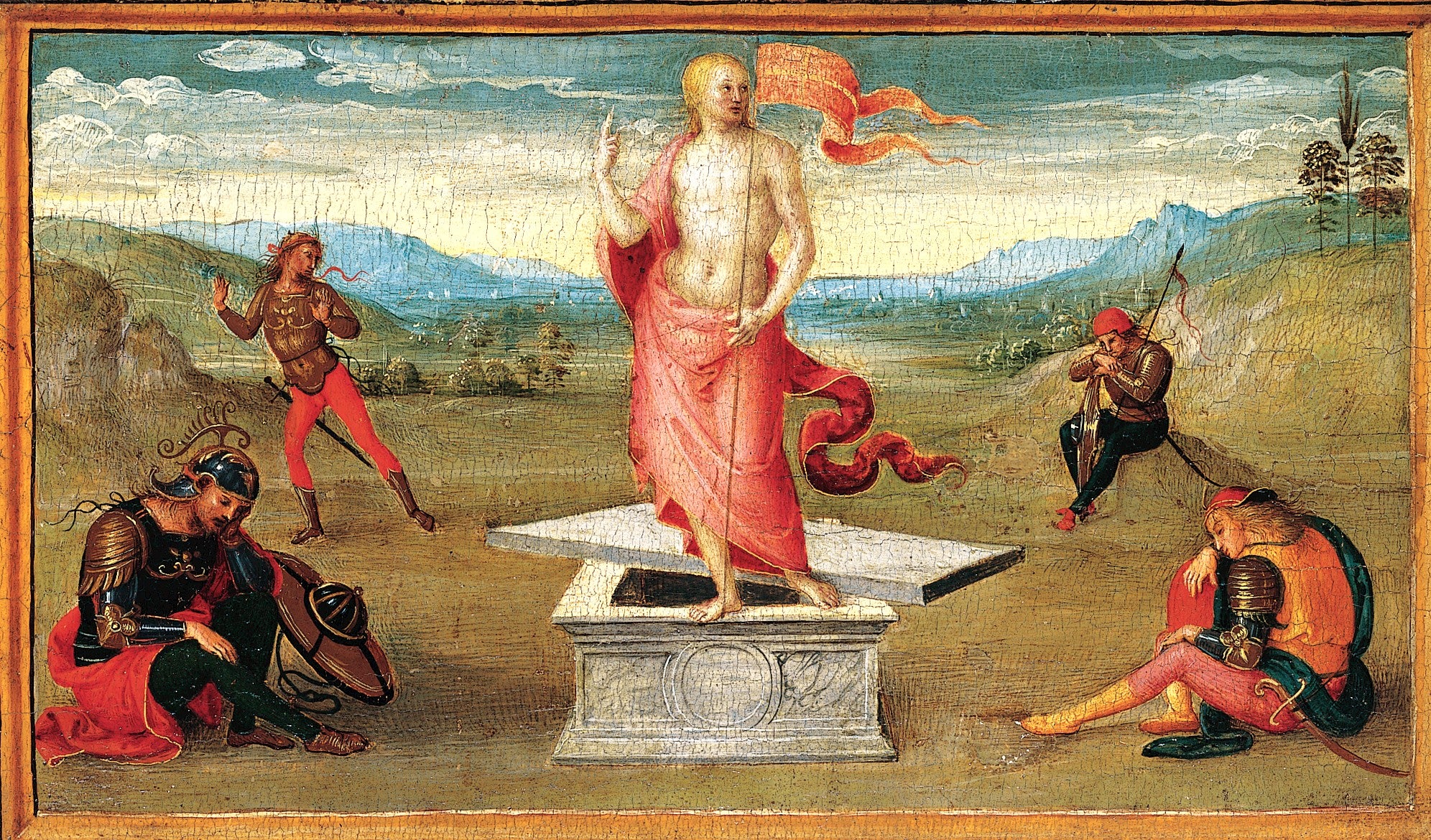
Your support helps us to tell the story
From reproductive rights to climate change to Big Tech, The Independent is on the ground when the story is developing. Whether it's investigating the financials of Elon Musk's pro-Trump PAC or producing our latest documentary, 'The A Word', which shines a light on the American women fighting for reproductive rights, we know how important it is to parse out the facts from the messaging.
At such a critical moment in US history, we need reporters on the ground. Your donation allows us to keep sending journalists to speak to both sides of the story.
The Independent is trusted by Americans across the entire political spectrum. And unlike many other quality news outlets, we choose not to lock Americans out of our reporting and analysis with paywalls. We believe quality journalism should be available to everyone, paid for by those who can afford it.
Your support makes all the difference.A man is reportedly suing the Metropolitan Museum of Art in New York for exhibiting paintings portraying Jesus Christ as a blond-haired white man.
Justin Renel Joseph, 33, filed a lawsuit in Manhattan Supreme Court alleging that four masterpieces exhibited in the museum are the product of “offensive aesthetic whitewashing” in their portrayals of Christ.
Mr Joseph, who is acting as his own lawyer, argues the “racist” paintings depicting an "Aryan" Jesus should be removed and that their inclusion at the attraction was an “extreme case of discrimination”, reported the New York Post.
He claims Christ had “black hair like wool and skin of bronze colour” and that, as a man with the same physical traits, he felt “rejected”.
The offending paintings causing him “personal stress” were ‘The Holy Family with Angels’ by Sebastiano Ricci; ‘The Miracle of the Loaves and Fishes’ by Tintoretto; ‘The Crucifixion’ by Francesco Granacci; and ‘The Resurrection’ by Perugino (below).
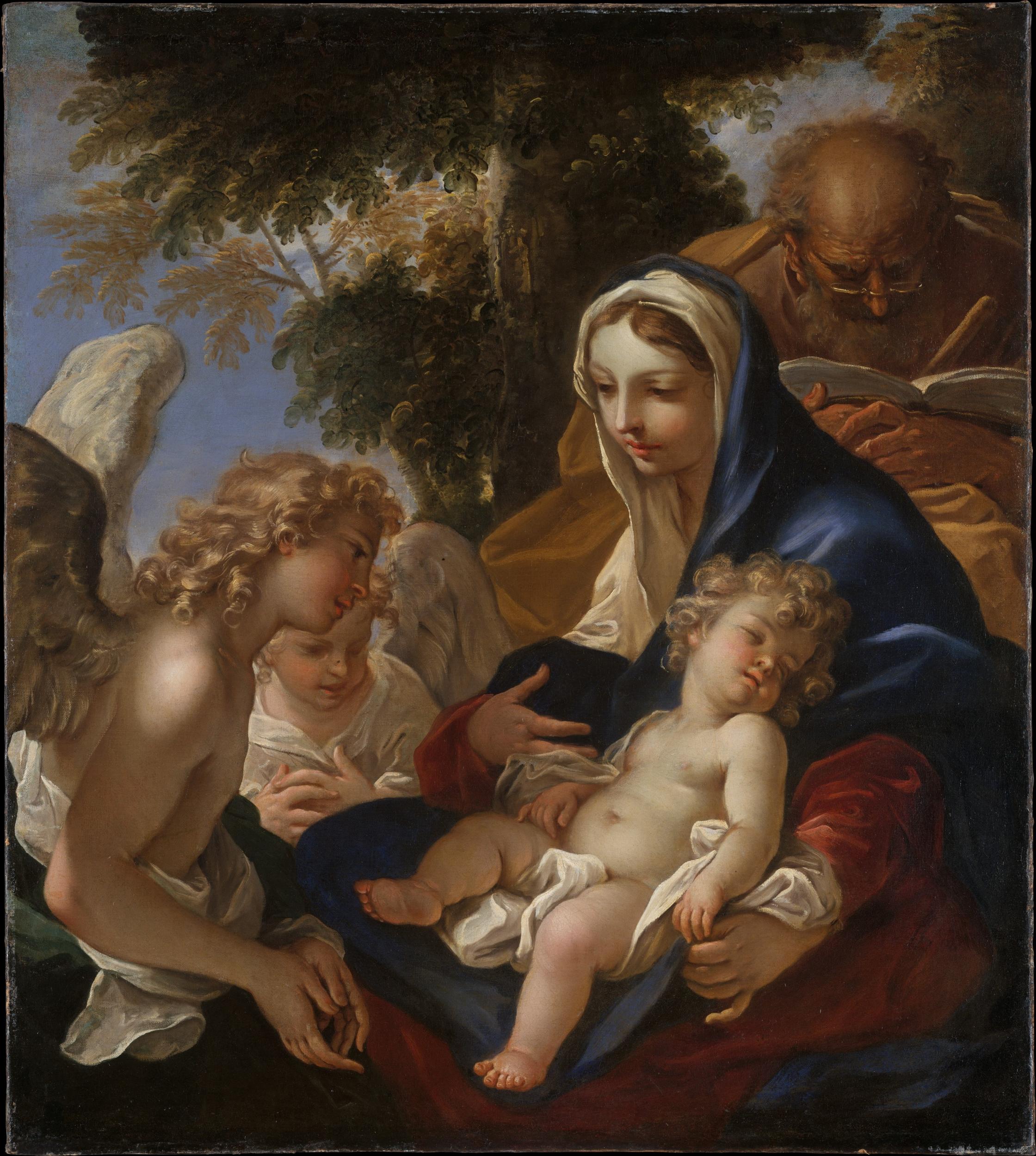
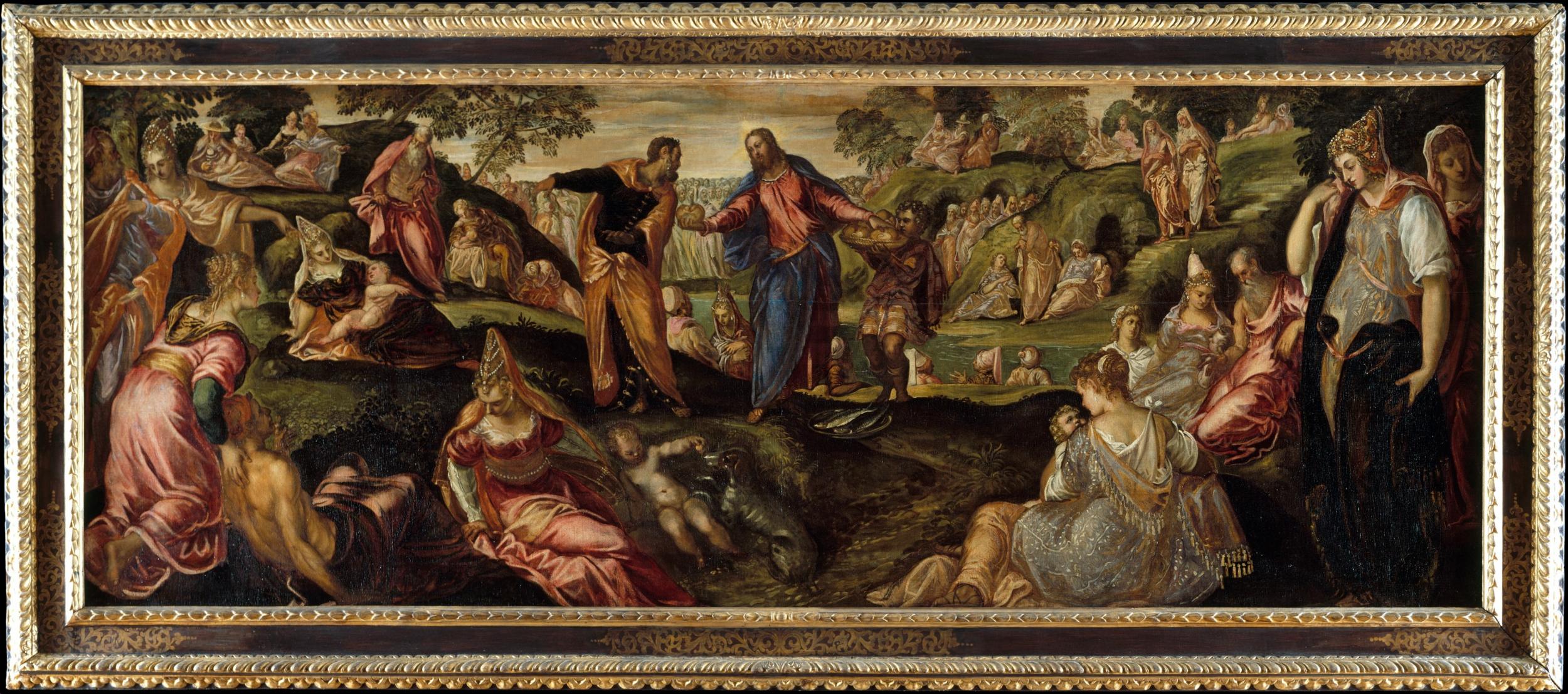
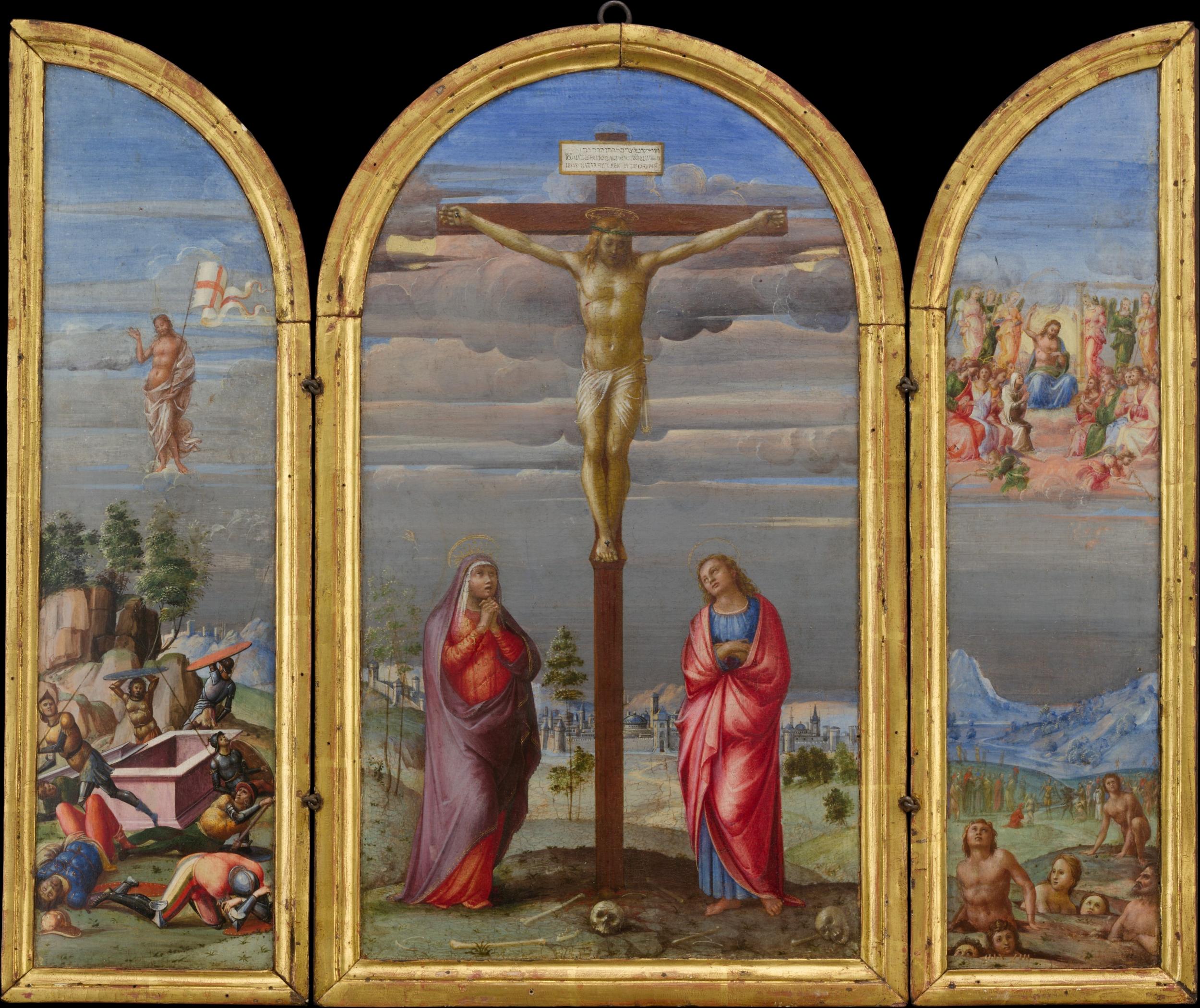
“They completely changed his race to make him more aesthetically pleasing for white people,” Mr Joseph told the newspaper. “I’m suing a public venue which by the Civil Rights Act of 1964 can’t discriminate on a protected basis.”
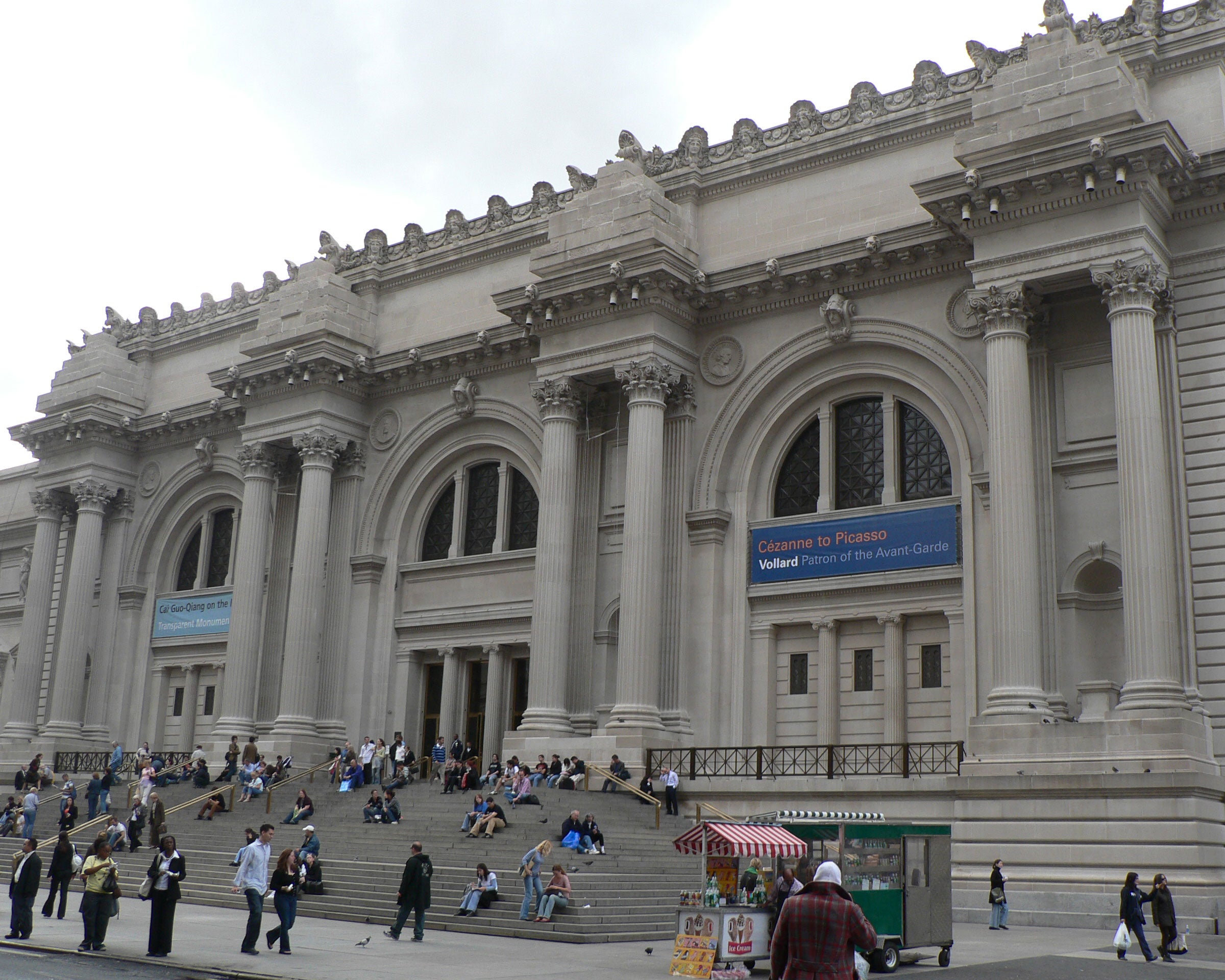
The museum defended its inclusion of the paintings, calling them “important, historically and artistically”.
Metropolitan Museum spokeswoman Elyse Topalian said: “When they were painted, it was typical for artists to depict subjects with the same identity as the local audience. This phenomenon occurs in many other cultures, as well.”
Court papers reportedly say: “The implication that someone who possesses physical features like the plaintiff could not be the important historical and public figure of Jesus Christ... caused the plaintiff to feel, among other things, rejected and unaccepted by society.”
Join our commenting forum
Join thought-provoking conversations, follow other Independent readers and see their replies
Comments